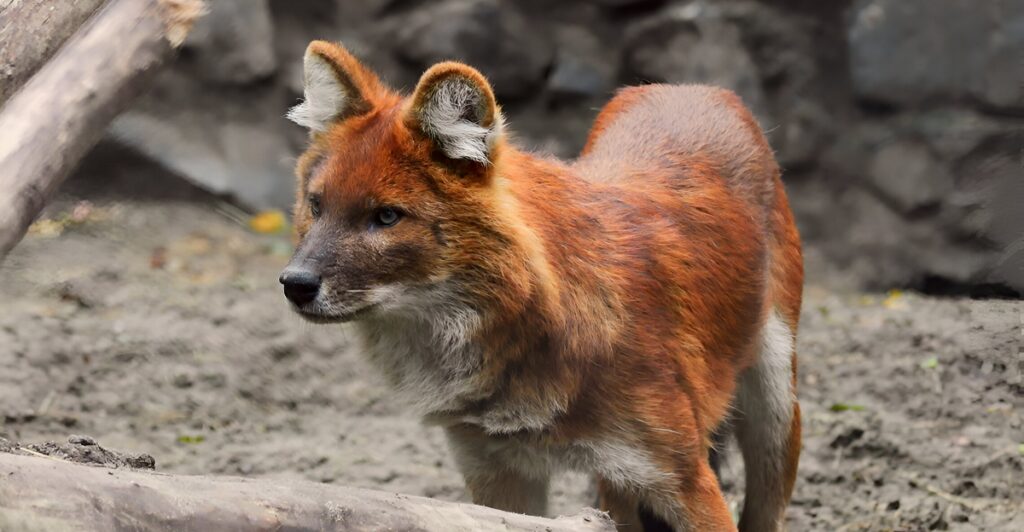
The United States is home to some of the most diverse animals on the planet, but sadly, a few might not be around for much longer due to their endangered status. More than 1,300 species are listed as endangered or threatened under the Endangered Species Act, facing threats like habitat loss, climate change, pollution, and human encroachment.
Despite the dedicated efforts of conservationists, scientists, and government agencies to protect and restore these animals, some species remain perilously close to extinction. Here are some of the most fascinating creatures the US might lose for good.
9. Loggerhead Sea Turtle

These ancient reptiles have seen their populations plummet by at least 80% in the North Pacific over the last decade, with significant declines also recorded along Florida’s vital nesting beaches. The main threats pushing loggerheads toward extinction include deadly bycatch in commercial fishing gear, habitat loss from coastal development, oil spills, and the mounting impacts of climate change.
An estimated 50,000 Loggerhead turtles remain in the wild despite being protected under the Endangered Species Act. Several populations are now officially listed as endangered, and these turtles continue to face grave risks unless stronger protections for their nesting sites and ocean habitats are enforced.
8. Black-footed Ferret

These little critters were once considered extinct but made quite the comeback. Despite their grand comeback, they are still critically endangered. Today, only 390–495 black-footed ferrets survive in the wild—a hard-won increase from near-zero decades ago, thanks to intensive captive breeding, reintroduction, and disease management efforts. However, their future is still precarious, threatened by ongoing habitat loss, the decimation of prairie dog colonies, and outbreaks of sylvatic plague.
Conservationists and tribal communities are racing to protect prairie dog habitats and develop new tools to combat disease. Still, unless these efforts are scaled up, these little critters might be lost for good.
7. Florida Panther
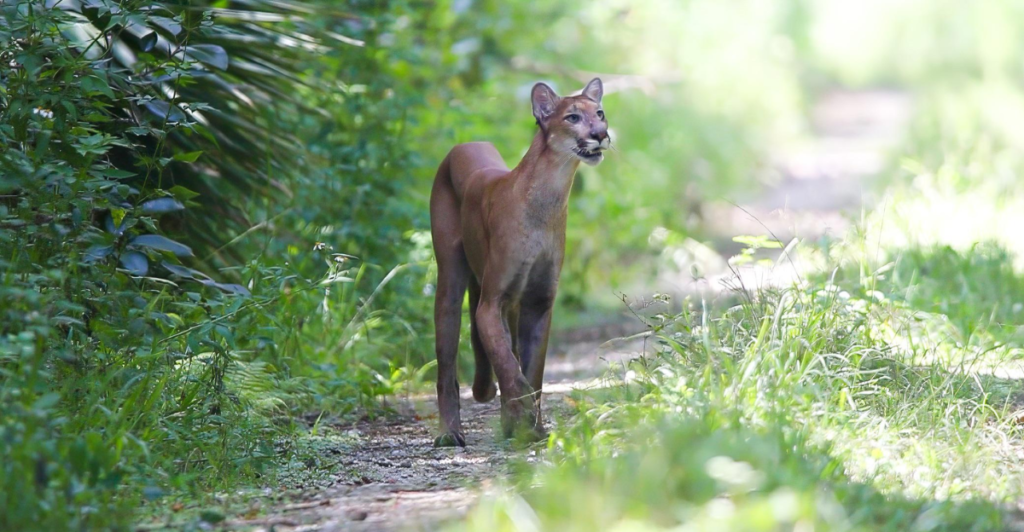
These magnificent creatures once used to roam the Earth with pride, but their numbers have plummeted so drastically that they are now on the brink of extinction. Due to habitat loss, fragmentation, and decades of hunting, less than 200 cats are confined to the swamplands of southern Florida.
Despite being among the first species listed under the Endangered Species Act, the Florida panther’s future remains uncertain. Ongoing conservation efforts focus on habitat protection, creating wildlife corridors, and reducing road fatalities.
6. California Condor

These remarkable birds are quite majestic, with their 9.5-foot wingspan soaring in the sky. These birds used to roam the skies freely without a care in the world, and now, due to habitat loss, poaching, environmental contaminants, and lead poisoning from ingesting bullet fragments in carrion, they are on the brink of extinction.
By 1987, the species was extinct in the wild, and all remaining birds were placed in a captive breeding program. Thanks to decades of intensive recovery work, including captive breeding, habitat protection, and reintroduction efforts, there are now more than 300 wild condors flying free in California, Arizona, Utah, and Baja California, and a total population of over 400 birds worldwide.
5. San Joaquin Kit Fox
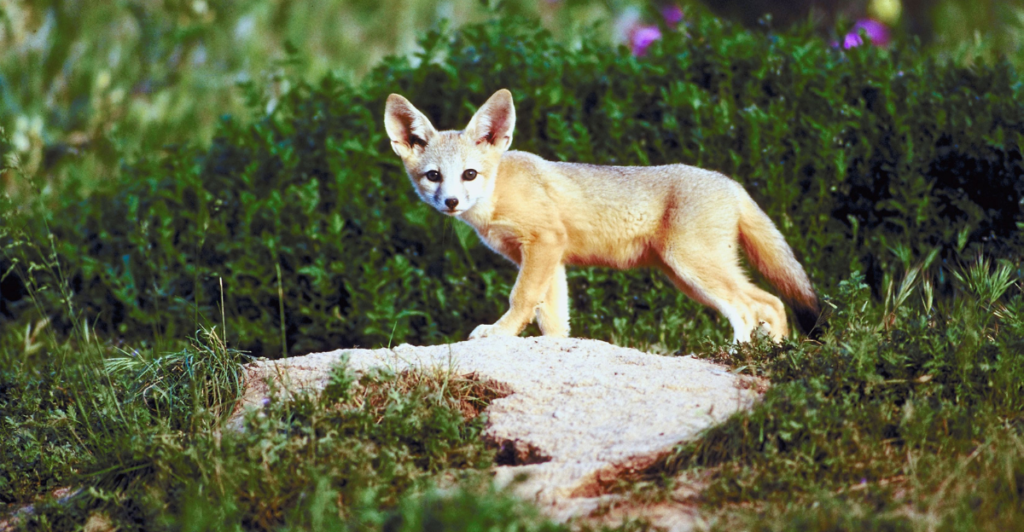
These little cuties are one of California’s most endangered mammals, and their numbers have plummeted by as much as 33% in the past few years. Listed as federally endangered since 1967, the kit fox faces relentless threats from habitat loss due to agricultural and industrial development, which fragments and isolates populations, making it increasingly difficult for individuals to find shelter, mates, and food.
Conservation efforts focus on protecting and connecting remaining habitats, managing threats from development, and ensuring the survival of this uniquely adapted desert fox before they disappear forever.
4. Red Wolf
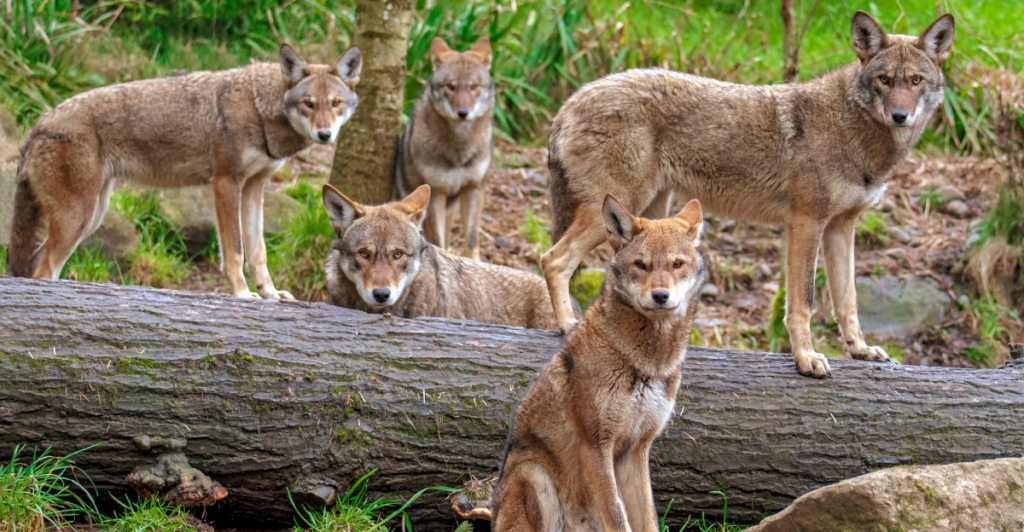
These wolves used to roam the lands between Texas and Pennsylvania, thriving in diverse habitats like forests, swamps, and coastal prairies. Due to habitat loss, hybridization with coyotes, and human persecution, the red wolf was declared extinct in the wild by the 1980s. Intensive conservation efforts, including captive breeding and reintroduction programs, have since reestablished a small wild population primarily in northeastern North Carolina, where about 25 wolves are left in the wild.
These wolves live in tight family packs, are nocturnal hunters feeding on rabbits, rodents, and deer, and rely on protected habitats to survive.
3. Mississippi Gopher Frog
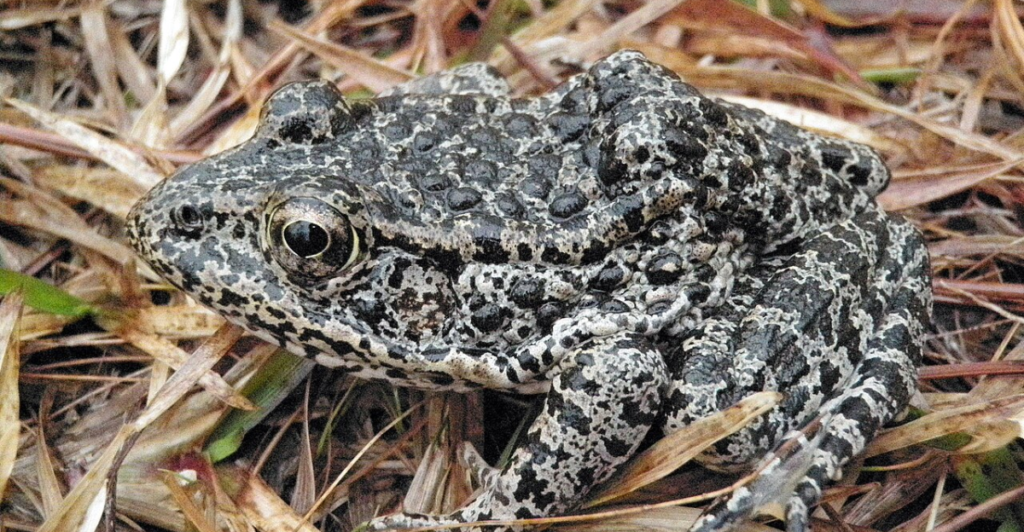
These frogs are quite rare amphibians, as there are less than 100 left in the wild. They were once widespread across Louisiana, Mississippi, and Alabama, but breeding is now confined to a single pond in Mississippi. Their survival is threatened by habitat destruction, development near their last breeding pond, and environmental changes that dry out their critical breeding wetlands.
Conservationists have fought to protect and restore its habitat, resulting in the designation of nearly 6,500 acres as protected critical habitat and ongoing efforts to create new breeding sites and manage water levels.
2. Florida Manatee
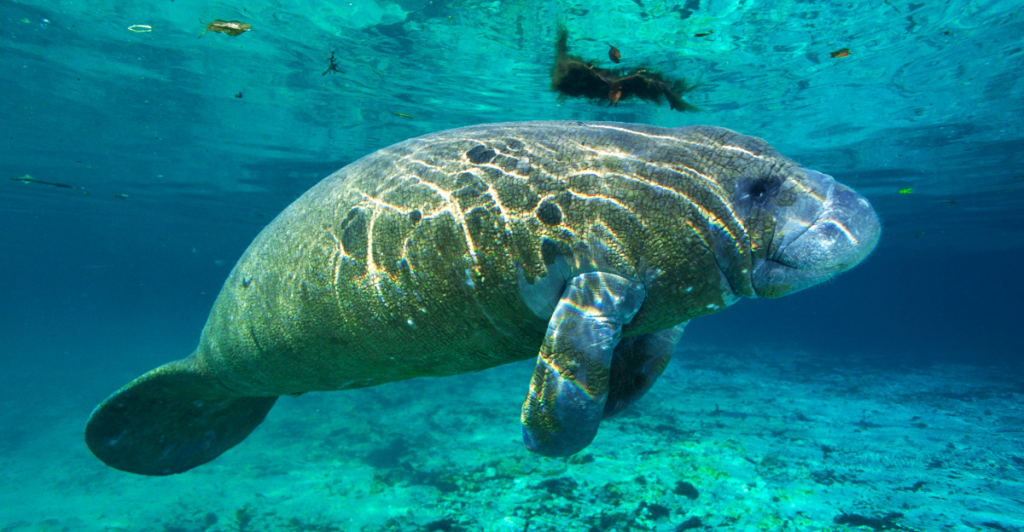
These gentle giants float carelessly through the water, minding their own business and living their lives. Once listed as endangered, the Florida manatee was reclassified as threatened in 2017, a controversial move as the species continues to suffer from habitat loss, pollution, and catastrophic die-offs. In 2021 and 2022, more than 2,000 manatees perished, over 20 percent of the state’s population, primarily due to starvation caused by widespread seagrass loss in the Indian River Lagoon.
Despite ongoing conservation efforts, including supplemental feeding and proposals to expand critical habitat, environmental groups argue that the current protections are inadequate and have petitioned to return the manatee to endangered status, as there are currently between 8,350 and 11,730 left.
1. Lange’s Metalmark Butterfly
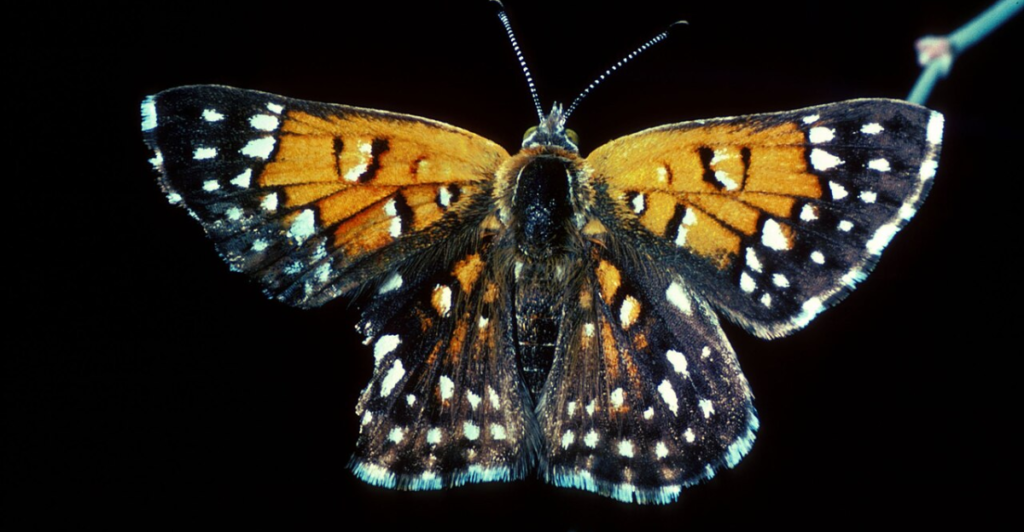
These beautiful creatures are one of the rarest insects around and can be found almost exclusively at the Antioch Dunes National Wildlife Refuge in California. The butterfly’s survival depends on open sand patches for buckwheat seedlings to establish, but decades of habitat stabilization and invasive plant spread have drastically reduced these areas.
Thanks to incredible conservation efforts, their numbers have grown, and there is hope for their future.
Explore more of our trending stories and hit Follow to keep them coming to your feed!

Don’t miss out on more stories like this! Hit the Follow button at the top of this article to stay updated with the latest news. Share your thoughts in the comments—we’d love to hear from you!







